Archives
- 2025-11
- 2025-10
- 2024-12
- 2024-11
- 2024-10
- 2024-09
- 2024-08
- 2024-07
- 2024-06
- 2024-05
- 2024-04
- 2024-03
- 2024-02
- 2024-01
- 2023-12
- 2023-11
- 2023-10
- 2023-09
- 2023-08
- 2023-07
- 2023-06
- 2023-05
- 2023-04
- 2023-03
- 2023-02
- 2023-01
- 2022-12
- 2022-11
- 2022-10
- 2022-09
- 2022-08
- 2022-07
- 2022-06
- 2022-05
- 2022-04
- 2022-03
- 2022-02
- 2022-01
- 2021-12
- 2021-11
- 2021-10
- 2021-09
- 2021-08
- 2021-07
- 2021-06
- 2021-05
- 2021-04
- 2021-03
- 2021-02
- 2021-01
- 2020-12
- 2020-11
- 2020-10
- 2020-09
- 2020-08
- 2020-07
- 2020-06
- 2020-05
- 2020-04
- 2020-03
- 2020-02
- 2020-01
- 2019-12
- 2019-11
- 2019-10
- 2019-09
- 2019-08
- 2019-07
- 2019-06
- 2019-05
- 2019-04
- 2018-11
- 2018-10
- 2018-08
-
br Conflict of interest br Acknowledgement br Exposure
2022-01-14

Conflict of interest Acknowledgement Exposure to tobacco smoke in early life has been found to increase the risk of developing asthma and lung function deficits in adolescence and adulthood., , , , However, not all children exposed to tobacco smoke in early life develop asthma, which sugges
-
Urinary hydroxypyrene OHP is a widely
2022-01-14
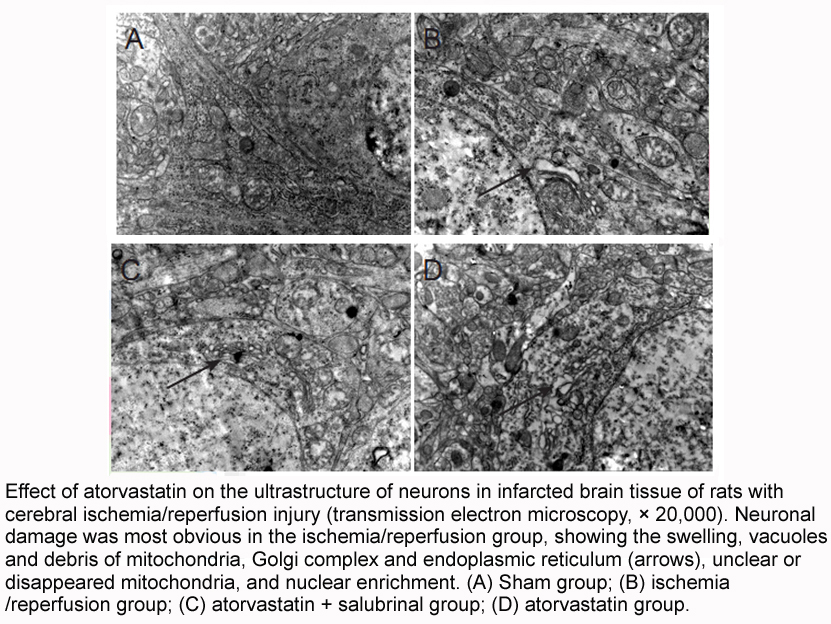
Urinary 1-hydroxypyrene (1-OHP) is a widely used biological marker of exposure to PAHs and indicator for internal dose of activated PAHs (Jongeneelen, 1987, Adonis et al., 2003). PAH metabolites may be excreted either as free or as conjugated compounds. When 1-OHP is measured after treating the urin
-
Recent work by Que et
2022-01-14
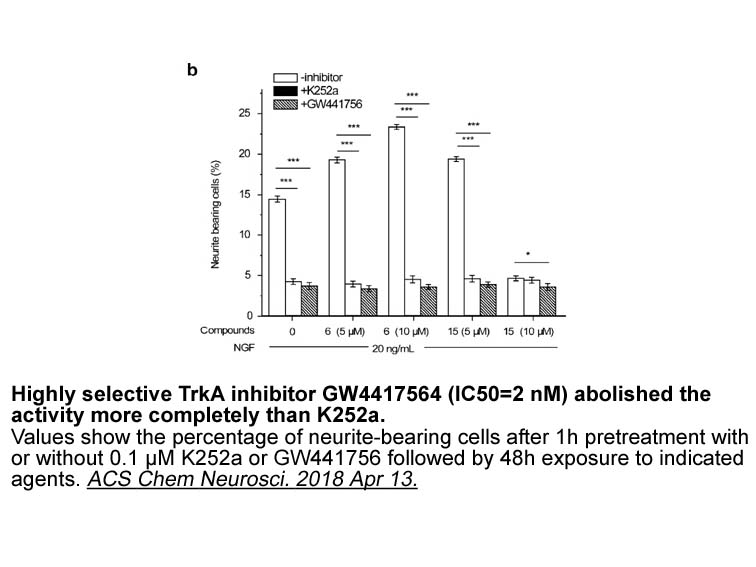
Recent work by Que et al with mouse models implicates GSNOR in the cause of asthma. GSNOR is expressed in multiple cell types in the lung, including airway epithelial cells and infiltrating leukocytes. After exposure to ovalbumin, GSNOR activity increased in airway lining fluid, perhaps reflecting i
-
br Introduction br Mitochondrial dysfunction and cancer
2022-01-14
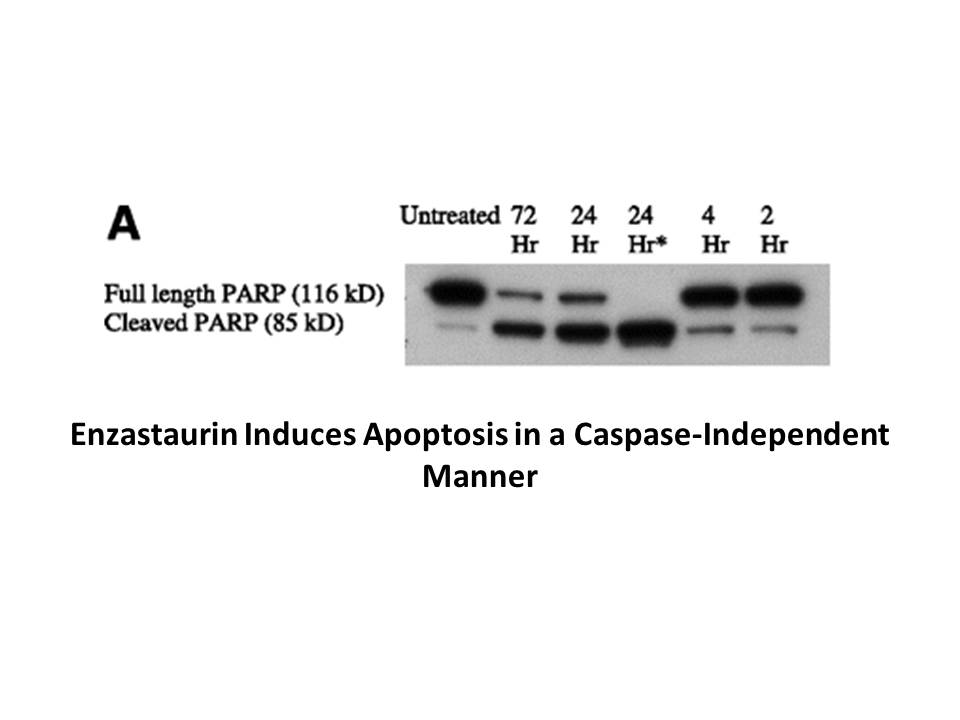
Introduction Mitochondrial dysfunction and cancer Lactate and succinate as oncometabolites Intracellular actions of lactate and succinate as tumor promoters Cell-surface receptors for lactate and succinate and their role in cancer GPR109A as the receptor for butyrate and β-hydroxybu
-
In mice iNKT cells are
2022-01-14
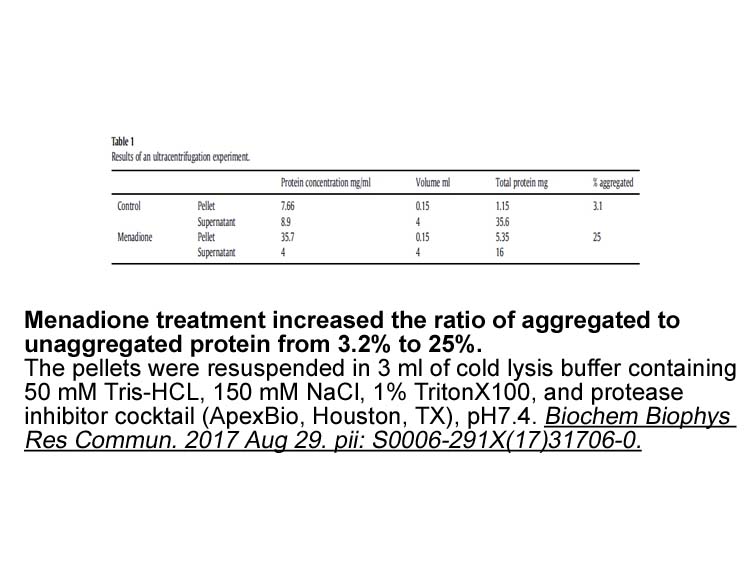
In mice, iNKT cells are most frequent (20–30%) among liver T lymphocytes, while they only constitute 0.4–1% of the total T cells in thymus, bone marrow, spleen, lymph node, and intraepithelial lymphocytes. In humans, iNKT cells constitute approximately only a 0.1–0.2% of the peripheral blood T lymph
-
Migratory properties of Treg are extremely important for
2022-01-14
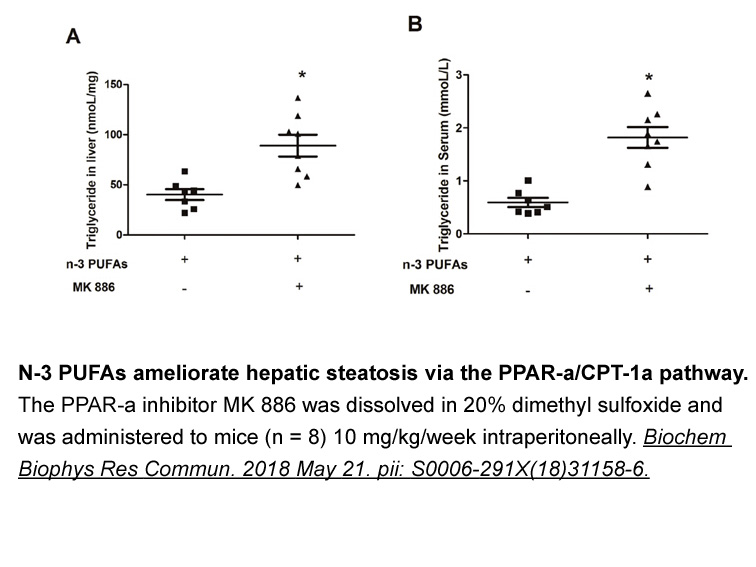
Migratory properties of Treg are extremely important for the potential in vivo application. Therefore, the observed expression of CXCR3 on almost all obtained insulin-specific Treg is crucial for directing AMD-070 into the inflamed tissue (in this case pancreatic islets). CXCR3 responds to CXCL9, C
-
br Conclusion br Experimental procedures br Introduction
2022-01-14

Conclusion Experimental procedures Introduction The glycine receptor (GlyR) is a member of the Cys-loop family of ligand-gated ion channels. It is the primary inhibitory receptor in the brainstem and spinal cord but also plays important roles in higher LY83583 regions, including the hippoca
-
br Materials and methods br
2022-01-14
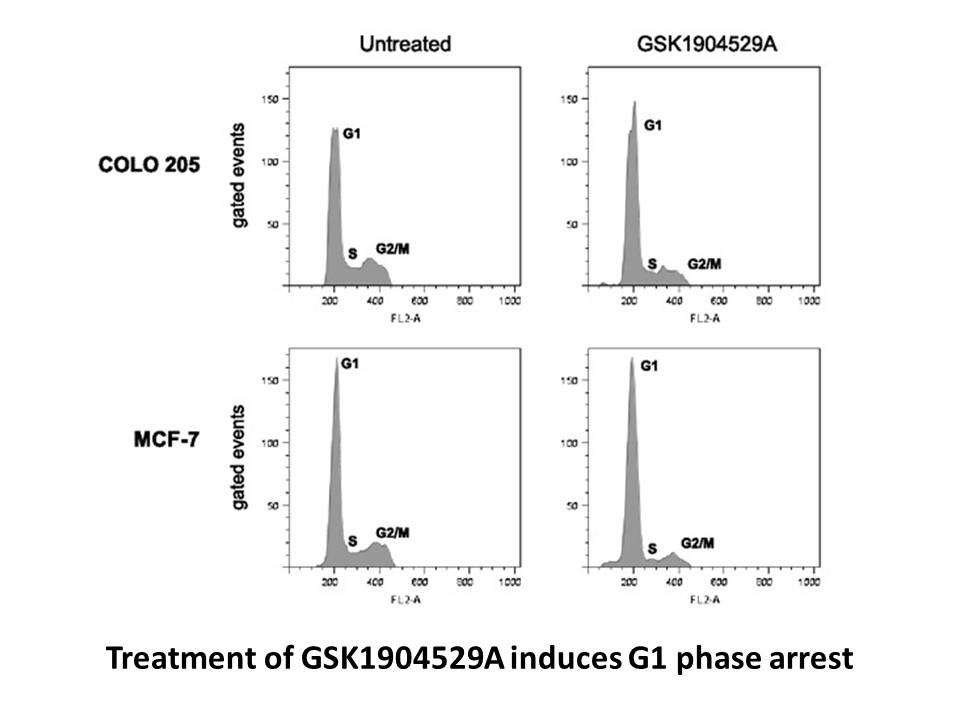
Materials and methods Results Discussion Quercetin is a relatively abundant bioactive flavonoid with a wide variety of documented physiological effects, which has gained popularity as a nutritional supplement [40]. There is increasing interest in quercetin's anticancer properties (for recen
-
br Materials and methods br Results br
2022-01-14
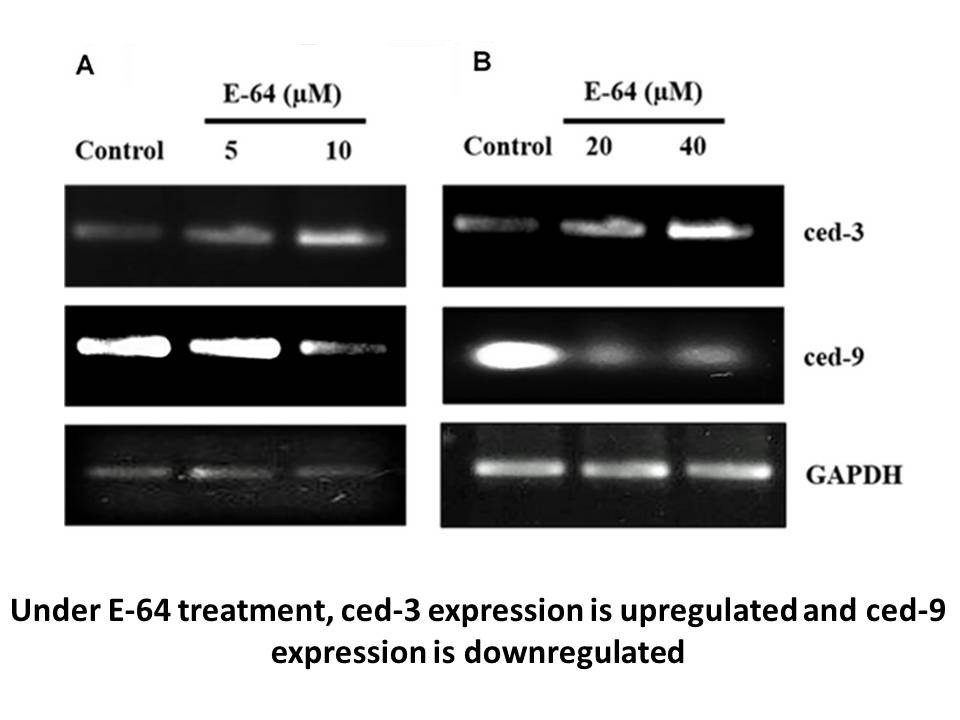
Materials and methods Results Discussion In the CNS, GLP-1R is associated with G-protein signal transduction pathways, which can activate adenylyl cyclase and protein kinase A by cyclic adenosine monophosphate, and mediates neuronal activities implicated in various pathophysiological change
-
Nuclear export of GK has
2022-01-14
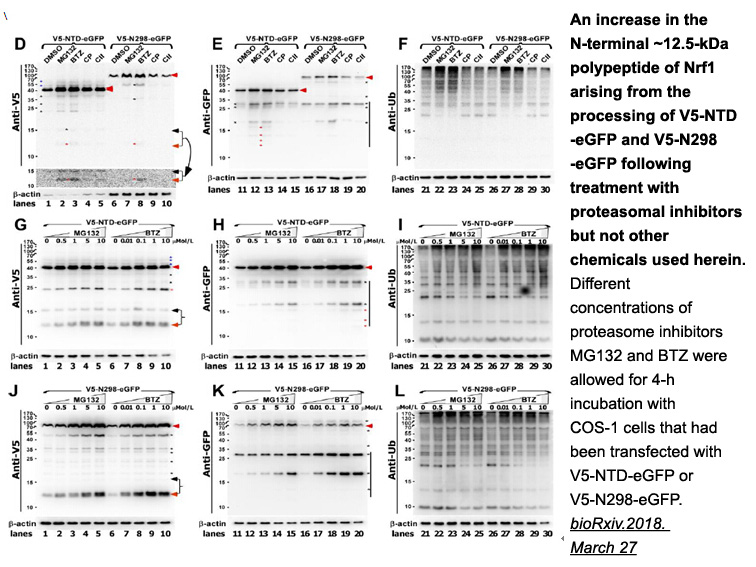
Nuclear export of GK has been reported to be dependent on a GK nuclear export signal (NES), mapped to residues 300–310 (Shiota et al., 1999). The assignment of a nuclear export signal common to both the liver and pancreatic GK isoform sequence suggests a possible reversible translocation of GK acros
-
Despite potent biological actions the native
2022-01-14
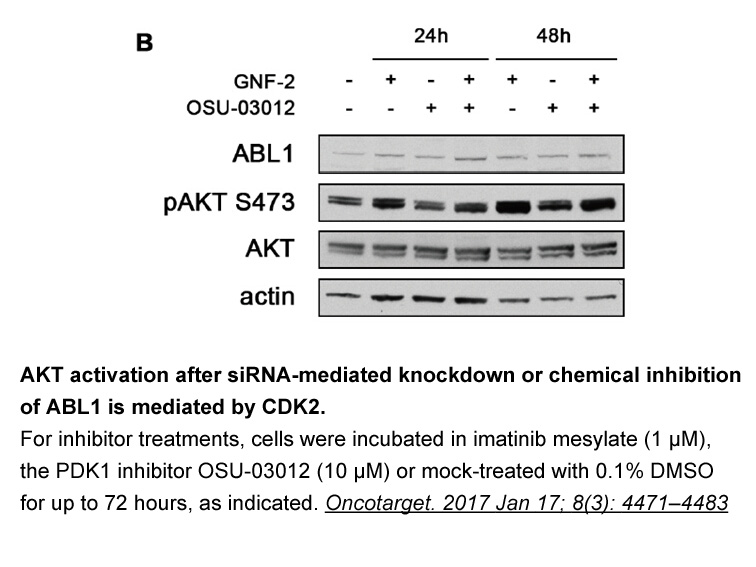
Despite potent biological actions, the native hormone undergoes degradation by the enzyme dipeptidylpeptidase-IV (DPP-IV) [17] and is rapidly cleared from the bloodstream by renal filtration [18]. One such approach to prolong the biological half-life of GIP is through conjugation with a polyethylene
-
Although GABA C receptors were
2022-01-13
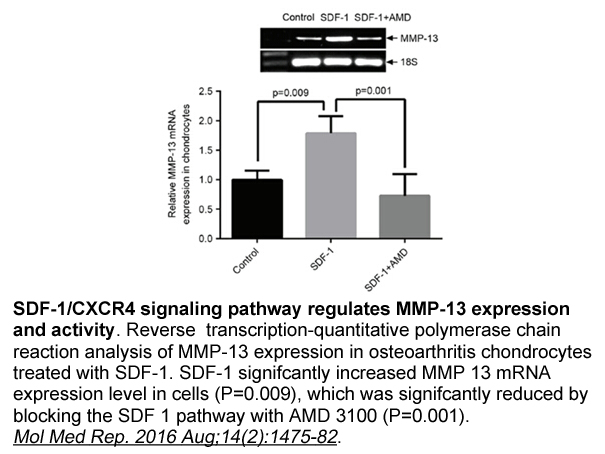
Although, GABA-C receptors were originally described in the spinal cord [16], clues to their physiological function arise mainly from studies in the visual system [5], [26]. In mammals, GABA-C receptors are found abundantly in cone photoreceptors and bipolar cell axon terminals, where they participa
-
In non Hodgkin lymphoma the catalytic SET domain of the
2022-01-13
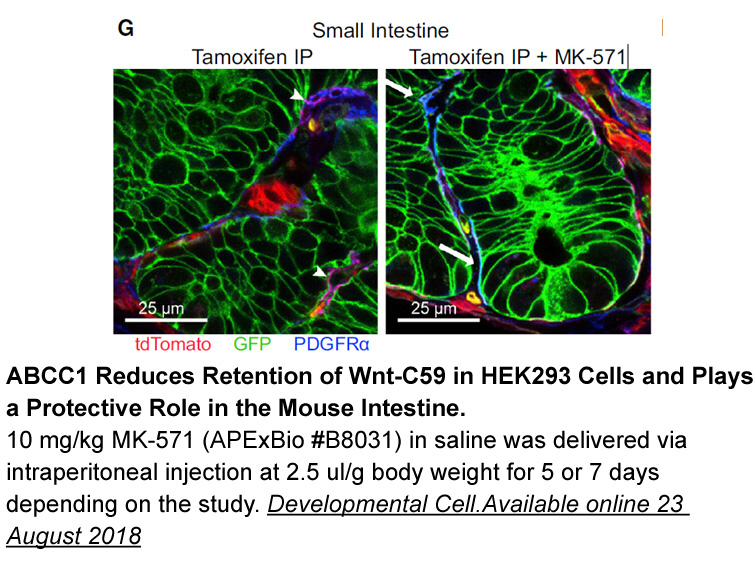
In non-Hodgkin lymphoma the catalytic SET domain of the histone methyltransferase EZH2 is subject to recurrent heterozygous missense mutations . These alterations have been observed in ∼20% of patients with diffuse large B cell lymphoma (DLBCL) and ∼10% of patients with follicular lymphoma (FL). The
-
The importance of the histone
2022-01-13

The importance of the histone chaperone function of Hat1p was highlighted by the recent demonstration that the catalytic activity of Hat1p is not sufficient for its function in vivo. Fusion of a nuclear export signal (NES) to yeast Hat1p effectively excluded the enzyme from the nucleus, with a conco
-
EdU is a thymidine analog that
2022-01-13

EdU is a thymidine analog that is incorporated into replicated chromosomal DNA during the S phase of the cell cycle. DAPI is a fluorescent dye that binds strongly to A-T-rich regions in DNA and is commonly used for cell nucleus staining. We used the EdU incorporation assay, which is a highly sensiti
15797 records 488/1054 page Previous Next First page 上5页 486487488489490 下5页 Last page